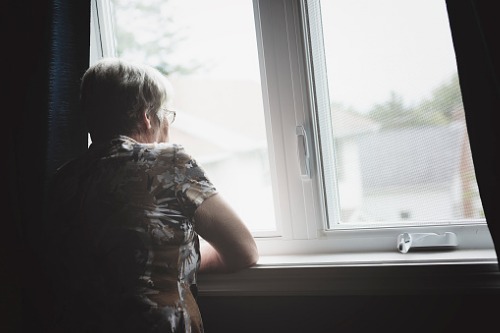

By
Nine in 10 older Australian homeowners would prefer to remain in their current home rather than moving into specialised care, according to a study from Royal Melbourne Institute of Technology (RMIT) and Heartland Seniors Finance.
However, many cannot afford to do so and are unsure of the full range of retirement funding options available to them.
According to Stuart Thomas, lead RMIT researcher, including reverse mortgage in retirement planning could be the key to helping older Australians manage their finances more efficiently and have a better quality of life.
Thomas said the traditional pillars of retirement funding, which include pensions, superannuation, and private savings, should be expanded to include reverse mortgage.
"Australia has a high rate of homeownership and for many, superannuation and the age pension may not be enough to support them comfortably in late retirement," he pointed out.
Around one in three of the older Australians surveyed said they live in a property that is unsuitable for ageing in place, without upgrades or renovations; unfortunately, around the same percentage indicated they cannot afford the changes needed to make their home age-friendly.
Further, while a quarter of older Australians believe they could afford the costs of aged care, two in five said they're not sure whether they actually could do so.
Releasing equity through downsizing does not appear to be the preferred solution for older households due to the costs involved. In fact, only 13% of older Australians are planning to sell their family home to fund their retirement.
Sharon Yardley, head of operations at Heartland Seniors Finance, noted that releasing equity through a reverse mortgage could help fund the cost of retirement and facilitate ageing in place.
"Our customers commonly use their reverse mortgages to pay for home improvements to ensure their home is fit for retirement, cover the cost of in-home care, day-to-day expenses, and to consolidate debt, removing the requirement of regular loan repayments," she said.
